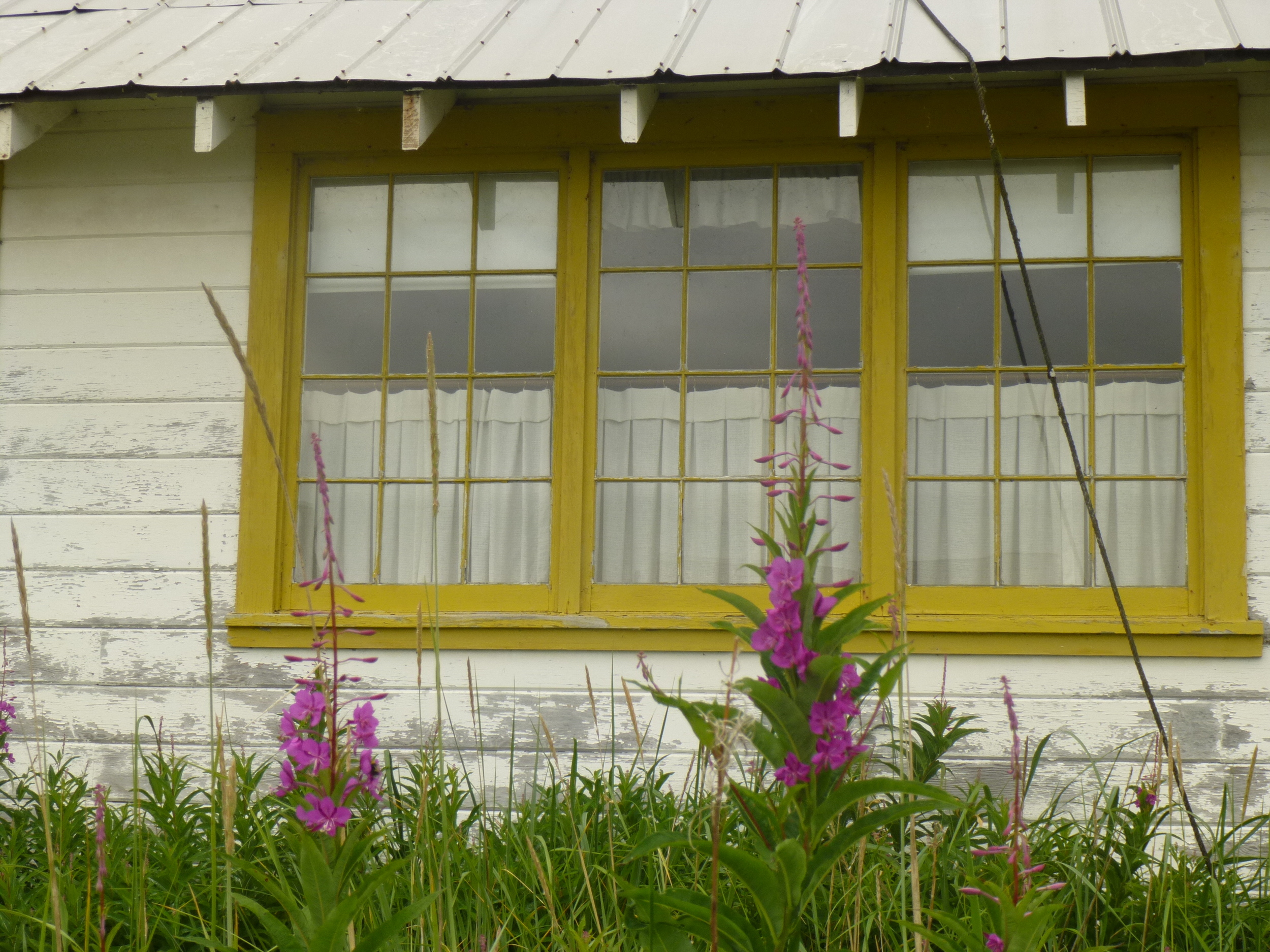Note: This was originally published in Pacific Fishing. All of the photographs were taken by me during the summer of 2013.
Good things usually don’t come with 4 AM phone calls, especially on the eve of an opener in an Alaska fishing town. Although barely awake, I was prepared for the worst as I answered the buzzing phone. “I just received a mayday call from the Parks Cannery,” a friend who skippers a tender on the west side of Kodiak Island said, “the cannery is on fire. I’m bringing paramedics out there now.”
Three were injured and one person died due to the fire that consumed a building used to house guests at this cannery, which now operates as a lodge. A bucket brigade saved the rest of the complex of warehouses, old bunkhouses, and other buildings from burning up, as well. It was a heartbreaking way to start the salmon season. It is also an appropriate moment to look back at the history of this old cannery and recount what it means to some of those connected to it.






Herb Dominici had his hand in several cannery operations over the decades. He initially built the cannery in 1934. The Great Northern Packing Co purchased the plant from Dominici; Alaska aviation and seafood industry extraordinaire Nick Bez was a part of the partnership. After a couple of years, the cannery had a new owner again, and henceforth it was referred to as Parks Cannery.
The cannery mostly utilized salmon captured in fish traps and supplemented its supply with setnet-caught salmon. The fish traps were driven off Cape Uyak and Cape Ugat, also on Kodiak’s west side. Fish traps were the sworn enemy of many Alaskan fishermen. These devices built of pilings and fencing essentially eliminated the need for fishermen. They efficiently captured more fish than seines. For example, the two traps that supplied the Parks Cannery were recorded to catch twice the number of fish as the 65 fishermen working at Karluk. In 1959, fish traps were eliminated at the behest of the residents of the brand-new state of Alaska.
Hustle and then quiet: that’s the annual rhythm of remote canneries only used for fish processing in the summer. History often focuses on the moments of intense activity and extolls the big leaders. Yet, it was during those quiet months that the cannery served another function-that of home- and it is the individuals whose names aren’t on the articles of incorporation that most often have a deep connection to a place.
For example, Virginia Abston was born in the village of Karluk only because there wasn’t a midwife to help deliver her at Parks Cannery. Her parents lived at the cannery year-round. Her father was a Swedish immigrant and carpenter who kept the buildings standing in the winter. Her mother was an Alutiiq-Swede who did the laundry for the cannery crew in the summer.
As Abston says, “The old Johnson nine-horse didn’t go very fast.” The village of Larsen Bay was just far enough away so that Virginia and her siblings had to live there in order to attend school instead of staying with their parents at the cannery. They returned to Parks each summer so that Abston could setnet with her mother while her brothers, Tom and Jimmy Johnson, fished in the Parks’ seine fleet. “The Parks Number 7- Dad bought a boat and Jimmy started running it. And that is where and how I met Gary,” Abston says, referring to her future husband. “He came up fishing.”
This film includes the story of Virginia Abston, who grew up at Parks Cannery. It was produced as part of the West Side Stories project at the Baranov Museum.
After they married, the Abstons spent several winters working as watchmen themselves. “I don’t remember being bored. There was always people coming from Larsen Bay to visit and they would go seal hunting because they got three dollars a nose,” Abston says, recalling when there was a bounty on seals.
The cannery laid idle for several years in the early 1960s. The owners brought Frank McConaghy, a seasoned cannery superintendent, out of retirement when they decided to re-open the facility in time for the 1965 season. According to fisherman Weston Fields, McConaghy “was charismatic, friendly, he knew how to treat people. People who fished for him always got a turkey at Thanksgiving and a ham at Christmas. That sort of thing. Really small, but the right public relations. He treated everybody the same as everybody else. You were important to him. Even as a child I felt that I was important to him. That’s why he could start up Parks [after laying idle]. Just as simple as that: personality.” McConaghy died in 1966, but now, fifty years later, he continues to be respected by those who worked with him.
Whitney-Fidalgo purchased Parks Cannery in 1970 and closed the plant in 1983. Although it hasn’t processed fish for over thirty years, Parks Cannery persists as a place for which many hold an abiding affection.
